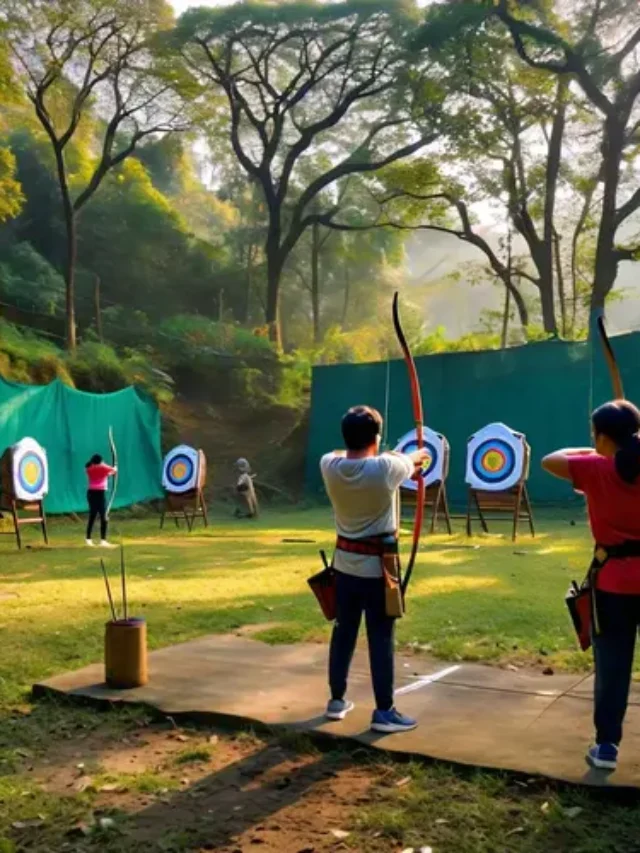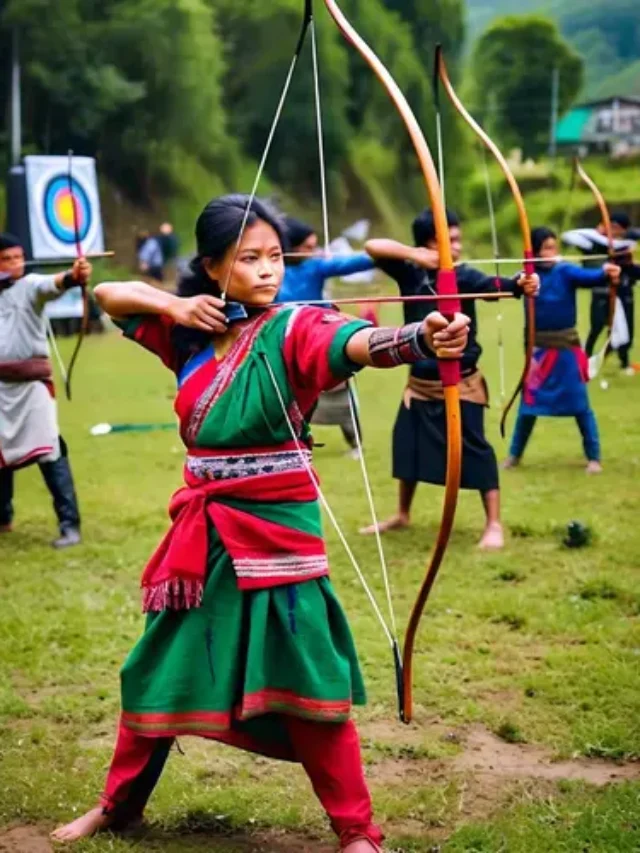What is the History of Teer in Shillong, Shillong Teer History, Teer Origin, Teer Evolution, Teer Cultural Significance, Daily Routine, livelihoods, dark side
If you ever visit the Shillong district of Meghalaya, you will see many stalls and counters selling lottery tickets. You shouldn’t be surprised by this. These people are selling tickets for the archery competition that takes place there every day. So, when you go to these counters, the shopkeeper will ask you about the number you have chosen to place your bet on. Shillong Teer Common Numbers
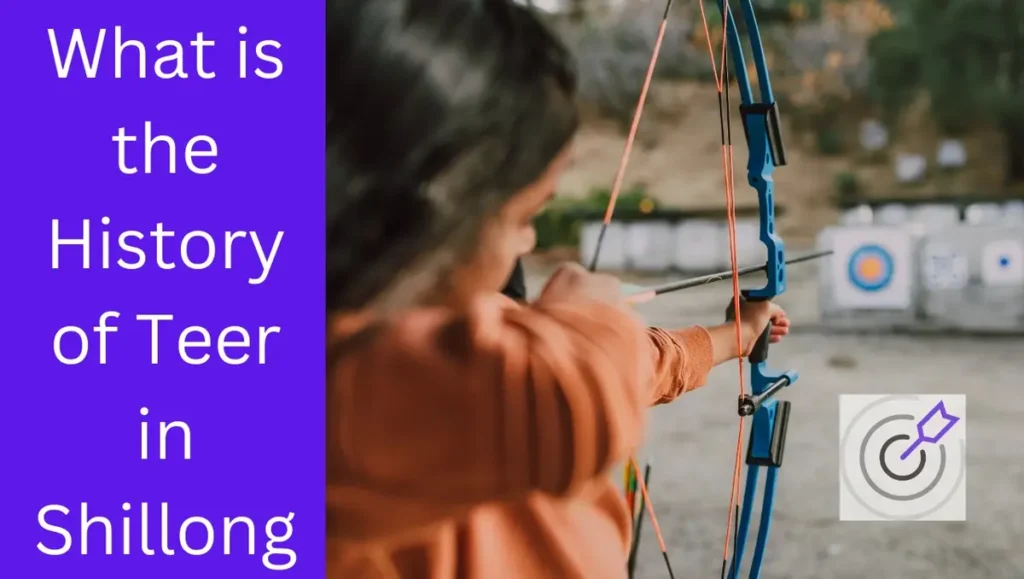
In this northeastern state of India, betting occurs in Shillong and the surrounding areas as part of the daily archery competition. This unique game has been played for generations by the local people and elders. It holds a significant place in the history of Shillong, blending skill, luck, and culture. This game is very popular among the locals and the tourists who visit the area.
Contents
- 1 What is the History of Teer, Origin and Evolution
- 2 Meghalaya Shillong Teer Evolution
- 3 Shillong Teer Cultural Significance
- 4 Teer Betting and Teer Daily Routine, Livelihoods and Regulations
- 5 Shillong Teer has a Dark Side Too
- 6 Conclusion
- 7 FAQ
- 7.1 How do people choose the number to place bets on?
- 7.2 Where did Shillong Teer come from?
- 7.3 What is the first name of Shillong?
- 7.4 What is the nicknames of Shillong?
- 7.5 What is the oldest name of Shillong?
- 7.6 How does Shillong Teer work?
- 7.7 Which State is Shillong Teer in?
- 7.8 Who Invented Shillong Teer?
What is the History of Teer, Origin and Evolution
Teer is a popular game that primarily originated in Shillong, in the Indian state of Meghalaya. Archery has been a traditional sport of the Khasi tribes in Meghalaya for centuries. There are many legends associated with this game.
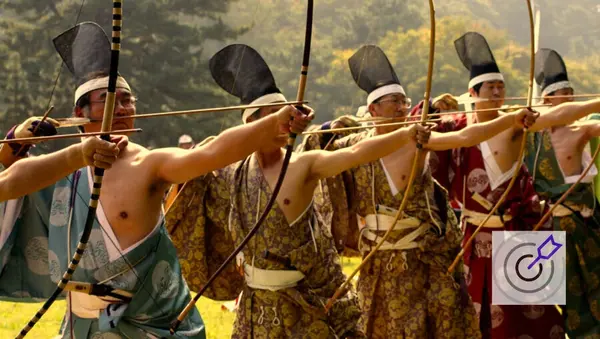
According to a popular legend, it is a gift the gods gave to the Khasi tribe, which is why this game is considered divine. According to the local people, the goddess there gave divine arrows and bows to her sons.
Therefore, nowadays, the local people there start training their young Khasi boys in archery from an early age, so that they become skilled in it as they grow older. Hence, in this tribe, when a boy is born, a bow and arrow are placed near him during his naming ceremony, and these weapons stay with him throughout his life and are buried with him when he dies.
Shillong Teer Previous Result List
These legends and mythological stories associated with the origin of Teer have always attracted people to this game. One such story is about a great archer who was so skilled in this art that his arrows never missed their target. Because of his talent, his fame and that of archery spread far and wide.
Betting on this game did not start until the 20th century, but it is believed that the game originated when the Khasi tribe took up bows and arrows to defend themselves against the British invasion. Although it was banned in the state in the 1970s, it was still played illegally in some parts of Shillong. Considering its popularity and the dependence of common people’s employment and lives on it, the game was legalized in 1982 under the Meghalaya Amusement and Betting Tax Act of 1982. Shillong Teer Dream Number
Meghalaya Shillong Teer Evolution
The origin of the Teer game in the state of Meghalaya lies among the Khasi and Jaintia tribes as a traditional sport. It is a popular game played by these tribes, which has seen significant development and progress over the past several years.

Starting as a traditional sport, this game has now transformed into a form of gambling.
This game was primarily a means to enhance archery skills and a source of entertainment for the local communities. In it, each archer would shoot arrows at a cylindrical bamboo target, which is also known as “Teer.”
Over time, with the help of technology such as Youtube videos and facebook, this game gained popularity and began to be played by other nearby communities as well. As a result, some rules and regulations related to this game were also established.
As more time passed, people began betting on the outcomes of the matches, and thus it transformed from an entertainment game into a form of gambling. The practice of placing bets on this game spread rapidly, leading to increased excitement and competition within the game.
As time passed, further changes occurred, and some rules and regulations were established to properly implement the process of gambling, resulting in the game now being formally conducted by various organizations and associations.
Today, this game/gambling has become a part of the culture and economy of the state of Meghalaya, which fascinate and attracts both local people and tourists alike.
Shillong Morning Teer Result Today
Shillong Teer Cultural Significance
The Teer game holds cultural significance in the state and is regarded by the local people as a heritage of their culture. Its cultural importance is evident in many state festivals and ceremonies. Therefore, this game is showcased during special occasions and festivals, such as the Shad Suk Mynsiem harvest festival.
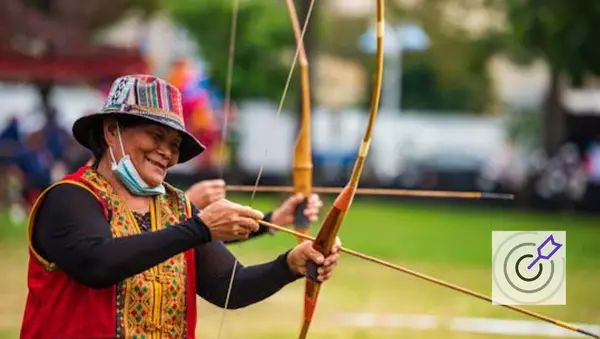
It is believed that this game has been passed down from ancient traditions and celebrated by many generations. Besides these festivals, the Teer game is also included in various traditional rituals and religious practices.
Some local people in the state believe that the outcome of this game also indicates omens, allowing them to predict future events.
The widespread popularity of this game in the state has significantly boosted tourism, leading to economic activities that provide employment to the local people and become a source of their livelihood.
Given the popularity of this game, tourists not only from within the country but also from abroad visit the state. This benefits the state’s economy and facilitates cultural exchange between people from different parts of the world. These tourists get the opportunity to learn about the traditions and customs associated with this game.
In this way, this game brings together people and communities from different cultures and enhances their appreciation for the game and its associated culture.
Khanapara Teer Previous Result List
Teer Betting and Teer Daily Routine, Livelihoods and Regulations
This game is very popular in Shillong, Meghalaya, and its surrounding areas, and it has been an integral part of the local culture for generations. It primarily involves two components: the archers and the target. Each archer has to aim at a cylindrical bundle made of straw, known as the ‘target board.
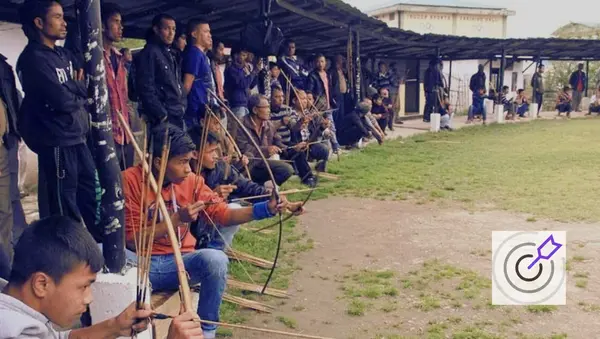
This target is approximately 60 centimeters high from the ground and 50 meters away from the players. All archers aim at it, demonstrating their skill and precision. The game requires focus and a high level of concentration to hit the target accurately.
In the first round of the game, 50 archers shoot 30 arrows each, and in the second round, they shoot 20 arrows each. After shooting, the counting process begins. Only the arrows that stick to the target are counted, while those that do not stick are not counted.
The counting of these arrows is done by a team of experienced individuals known as ‘counters.’ These people carefully count the arrows stuck on the target, keep a record of them, and announce the results, which are two-digit numbers.
Therefore, participants, players, and spectators can place bets on any number from 00 to 99. If the result matches the bet number, the person wins the prize.
According to the game, if a total of 1500 arrows are shot and only 836 of them hit and stick to the target, then the number 36 will be declared the winning number. This happens over two rounds, under which you can earn up to 80 rupees for every 1 rupee bet.
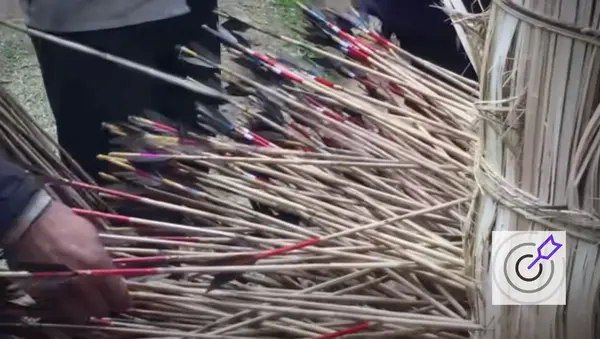
The complete daily routine and some key points related to this game are as follows:
- Several Teer clubs in the state organize this game and provide training as well.
- According to their daily routine, people can place bets on this game twice a day because it is played in two rounds.
- From 10 AM to 3:30 PM, people can buy lottery tickets and place bets on their chosen numbers.
- After 3:30 PM, the crowd moves to the markets and waits for the results.
- The second round begins at 4:30 PM, where archers shoot only 20 arrows.
- There are over 5,000 counters across the state, providing employment to thousands of people, most of whom are ticket sellers and Teer counter operators.
- These counters, bookies, archers, and the local public are given employment.
- In this way, each archer, while keeping the skill and tradition of the Teer game alive, earns around 30,000 rupees per month.
| Lottery Name | Teer, Shillong |
| Category | Lottery |
| State | Meghalaya |
| Authorized By | State Govt. |
| Ticket Price | 300 rupees to 500 rupees |
| Winning Prize | 8,000 Rupees to 8,00,000 Rupees |
| Archers Earn | 300 Rupees/Day |
| Teer Counters | 1500+ |
Till 1981 This sort of gambling was illegal and all bets were placed underground, with the local goons controlling this market that helped nobody.
But due to the lack of government jobs and other good employment opportunities here, this game has become the only livelihood for the people.
So, the Government realized they could kill two birds with one stone or get two objectives with one arrow. So, they legalized Teer and made it what it is today.
Shillong Teer has a Dark Side Too
In this game, which is played in two rounds in a single day, if a person accurately guesses the numbers for both rounds on the same day, they can earn 4,000 rupees for every 1 rupee invested.

This game also has a dark side, wherein many people become addicted to this gambling and end up losing more money than they earn, and some even lose their lifelong earnings in it. Despite this, this arrow betting is essential for the economy of this state, as it provides employment to more than 10,000 people.
In this game, only those laborers who are involved in daily activities earn the minimum, which depends on daily sales. Whereas, it is the organizers and owners of counters who make hefty profits.
Conclusion
- Teer is governed by the Meghalaya amusement and betting tax(amendment) act, 1982.
- There are many archery clubs.
- Every counter needs a license to function.
As such, Shillong Teer transcends a simple game of chance; it is a cultural heritage in which the edifice of Meghalaya’s heritage is deeply rooted. Besides just being an entertainment game, it also sustains livelihoods for many persons in the state, hence being a notable economic activity. The game has come a long way, transforming itself to the current times, yet it remains indicative of a rich cultural varieties and economic dynamics of the region.
FAQ
How do people choose the number to place bets on?
You can dream your number for this game. So, if you remember your dream, you can make a lot of money.
Where did Shillong Teer come from?
The game of Shillong Teer had its origin in the Indian state of Meghalaya, where people played this game generation after generation. It has cultural meaning for the people, and it is one of the most common betting games in this region.
What is the first name of Shillong?
The city of Shillong, located in the northeastern state of Meghalaya, was originally known as “Yeddo” or “Leh Shillong” during the British colonial period.
What is the nicknames of Shillong?
Here are some nicknames of Shillong:
1. Scotland of the East
2. Rock Capital of India
3. Abode of Clouds
4. India’s Music Capital
What is the oldest name of Shillong?
The oldest known name of Shillong is “Yeddo” or “Leh Shillong.
How does Shillong Teer work?
Shillong Teer is an archery-based lottery game played by shooting at the target twice in a day. Arrow shots follow after bets have been made over numbers. Winning numbers are then drawn by counting which arrows hit the target.
Which State is Shillong Teer in?
Shillong Teer is in the state of Meghalaya, India. This unique lottery game is particularly popular in Shillong, the capital city of Meghalaya, and is legally recognized under the Meghalaya Amusements and Betting Tax Act of 1982.
Who Invented Shillong Teer?
Shillong Teer evolved from the traditional archery practices of the Khasi tribe in Meghalaya. While no single individual is credited with its invention, the game developed over time from cultural and communal archery events into the regulated lottery game it is today.

